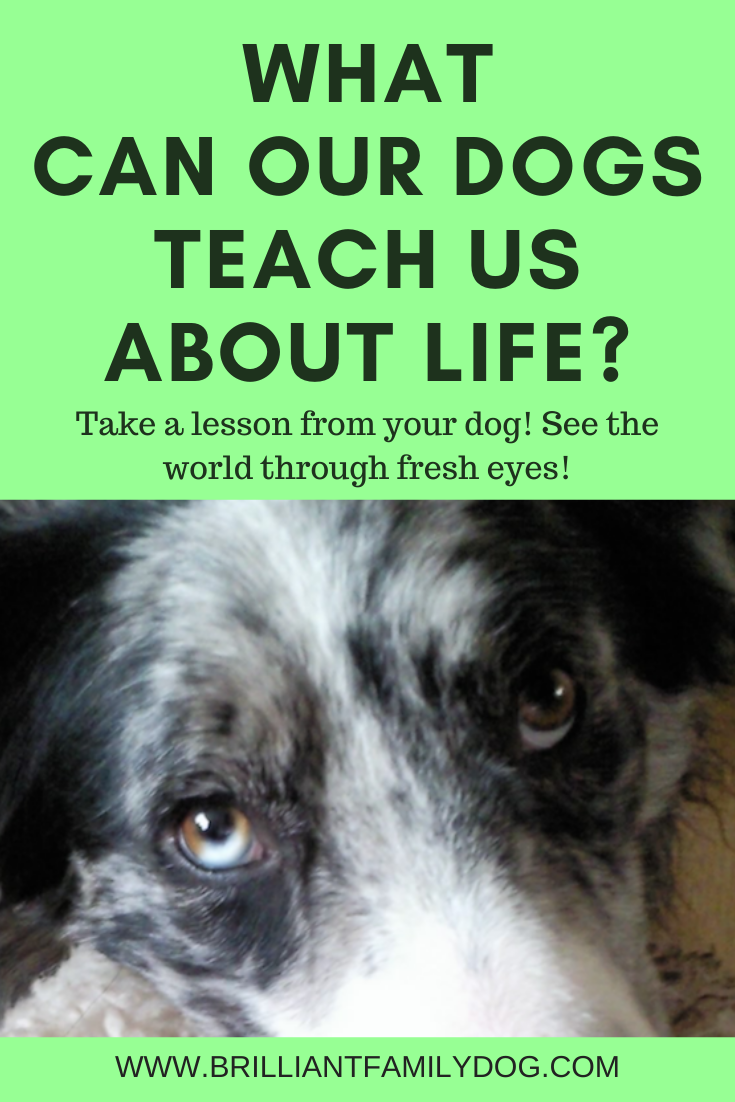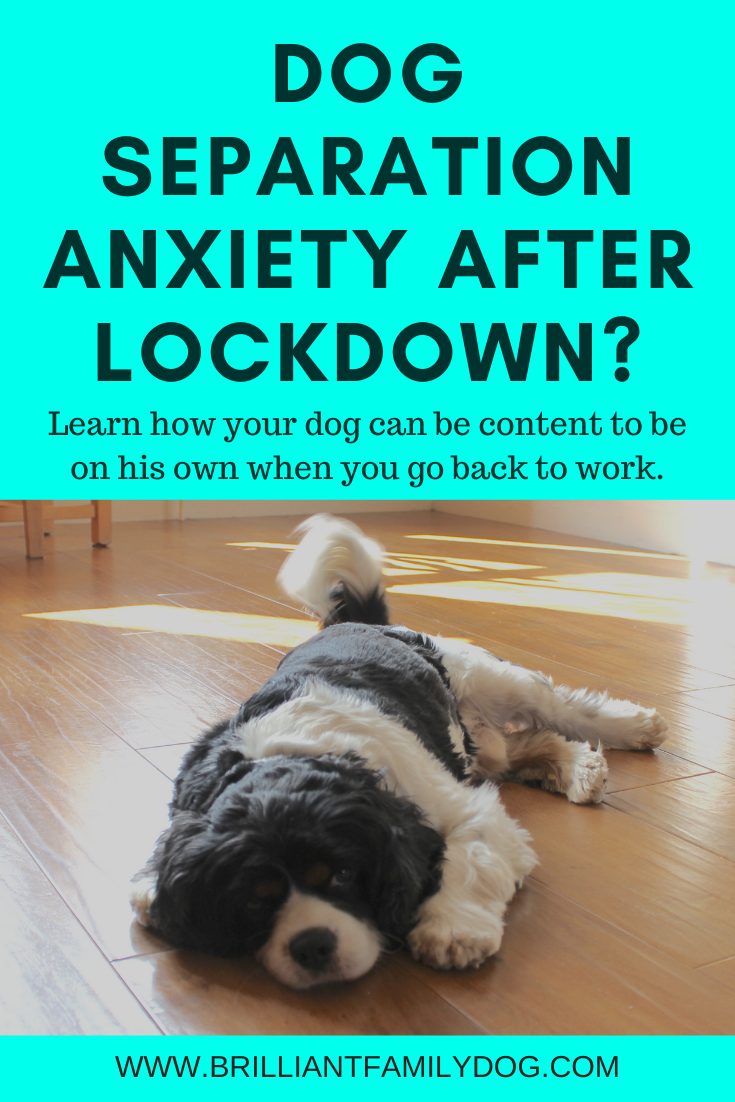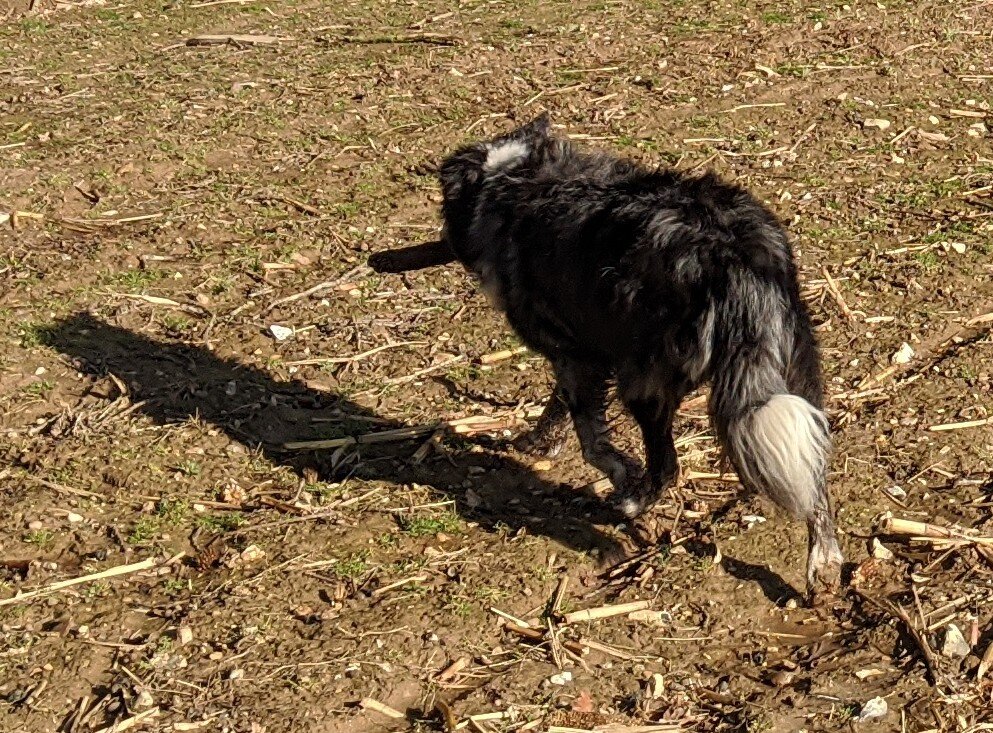There are loads of new dog-owners this unusual year. Being stuck at home means they at last are able to get a pet. So loads more people are discovering the joy of having a canine companion. Hooray!
But the flip side of this is that there are loads of people who were unprepared for dog-ownership, who perhaps purchased their dog on a whim, and are now finding out that it’s not quite as easy as they thought!
Not only that, but I’m afraid the nasties have crawled out of the woodwork to capitalise on people’s needs, and there has been a booming trade in puppy farmed dogs (aka puppy mills in the US). Not only have the poor bitches been worked even more relentlessly than usual so their selfish owners can cash in, but the prices have gone through the roof!
People are paying thousands of pounds for a crossbreed from a puppy farm, with no health checks, no parental pedigree, reared in a bare shed. Often they’re told the puppy is eight weeks old when it’s actually anything between five and twenty weeks or more.
These folk have no idea that dog-breeding can be such a dangerous place to wander into without research.
The real breeders, of course - those who work tirelessly to improve their breed, spend a fortune on genetic testing, and are ultra-fussy about who they hand their puppies over to - are still charging normal prices.
Add to this that because puppies are such a valuable commodity at the moment that many people are getting older dogs - thinking they’ll be easier to manage! And many more are buying imported dogs from Eastern Europe. They think they are doing a good thing by “rescuing” these unfortunate dogs.
What they’re actually doing is sentencing themselves to a lifetime of expensive and time-consuming remedial work, to try and get their foreign street-dog to fit into their comfy suburban lifestyle.
Classes closed
As if this weren’t enough, many classes have been closed for at least part of the year, though my dedicated colleagues at the APDT have done valiant work to continue, according to the ever-changing edicts. They know how important it is for new dog people to find out how their dog ticks - they don’t arrive with an owner’s manual!
Another thing we’re seeing is problems with under-socialised dogs. Because there is such a poor understanding, generally speaking, of what “puppy socialisation” entails, people have been keeping their dogs at home, also teaching them that they will never be left alone. As the restrictions begin to lift, and people return to work, they’re finding that this is not working in their favour, and their dogs are naturally upset at their sudden abandonment.
All gloom and doom? Not at all!
But we can do a lot to help these new dog-owners enjoy their charge, and ensure a happy life for both owner and pup.
As I said, quality dog trainers are working in difficult conditions to keep their classes going. And those of us who have online programs are accommodating as many as we can. Most reputable online trainers have a large person-to-person component in their training programs, so it isn’t just a case of “pack ‘em in”!
So if you took your chance and rushed out and got a dog, and you’re now finding things beginning to fall apart - make your way to one of these high-quality, qualified, force-free, trainers. It’s a minefield, trying to wade through the trainerspeak jargon that many people use (usually those you don’t want to use!) so I list some organisations below.
And right now you can enjoy our free Workshop to teach your dog to LISTEN!
Register here and you’ll be learning new ways to interact with your dog within minutes. You owe it to your dog
Recommended force-free dog training organisations


















